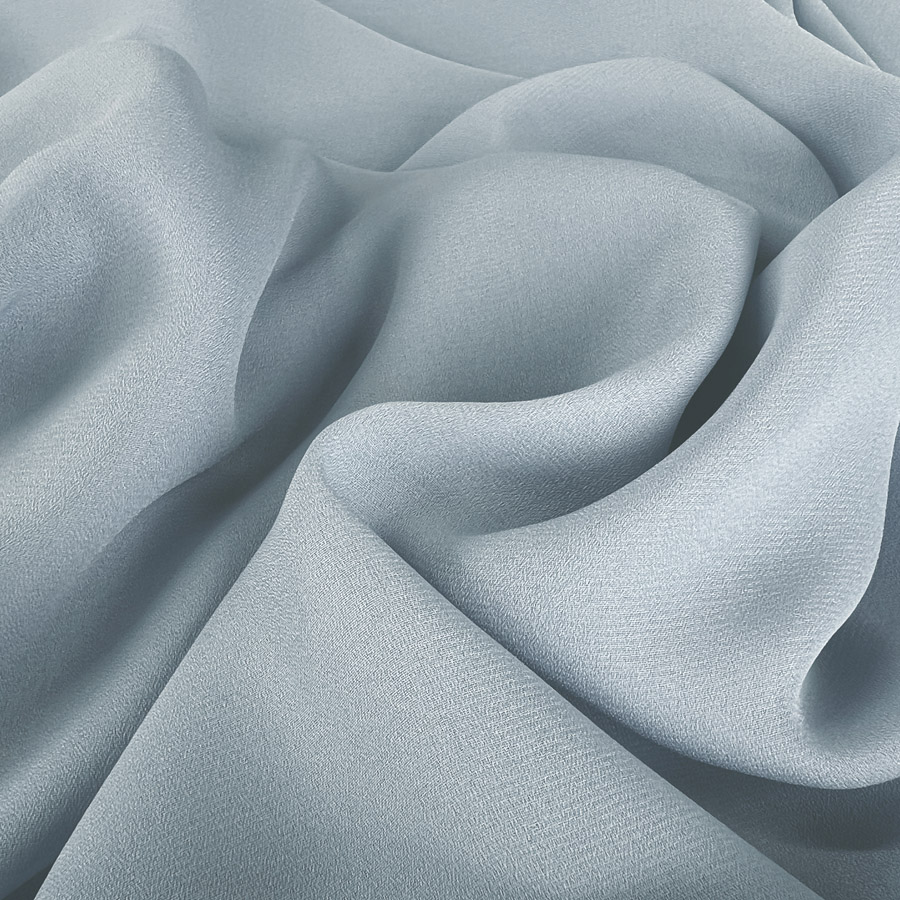
Natural fiber fabrics have been cherished for centuries due to their unique properties and sustainable origins. In this blog post, we will delve deep into the realm of natural fiber fabrics, exploring their characteristics, benefits, and the diverse range of options available in the market today.
- Understanding Natural Fiber Fabrics:
Natural fiber fabrics are derived from plant, animal, or mineral sources, offering a biodegradable and eco-friendly alternative to synthetic materials. Common natural fibers include cotton, linen, wool, silk, hemp, and bamboo. Each type of natural fiber possesses distinct qualities that contribute to the overall performance and feel of the fabric. - Benefits of Natural Fiber Fabrics:
- Breathability: Natural fibers are known for their excellent breathability, allowing air to circulate and moisture to evaporate, keeping the body cool and comfortable.
- Sustainability: Natural fibers are renewable resources that have minimal environmental impact compared to synthetic fibers, making them a popular choice among eco-conscious consumers.
- Durability: Despite being lightweight, natural fiber fabrics are often durable and long-lasting, with proper care and maintenance.
- Comfort: Natural fibers are soft to the touch and gentle on the skin, making them ideal for sensitive individuals or those with skin allergies.
- Types of Natural Fiber Fabrics:
- Cotton: Known for its softness and versatility, cotton is one of the most widely used natural fibers in the textile industry. It is breathable, absorbent, and easy to care for, making it suitable for a wide range of clothing and home textile applications.
- Linen: Made from the flax plant, linen is a strong and durable natural fiber that becomes softer and more comfortable with each wash. It is highly breathable and has a natural luster that adds a touch of elegance to garments.
- Wool: Wool is a natural fiber obtained from sheep and other animals such as goats and alpacas. It is known for its excellent insulating properties, moisture-wicking abilities, and resilience to wrinkles and odors.
- Silk: Silk is a luxurious natural fiber produced by silkworms. It is prized for its smooth texture, natural sheen, and lightweight feel. Silk fabrics are often used in high-end fashion and luxury bedding.
- Hemp: Hemp fibers are derived from the hemp plant and are known for their strength and durability. Hemp fabrics are eco-friendly, antimicrobial, and resistant to UV rays, making them ideal for outdoor and activewear.
Conclusion:
Natural fiber fabrics offer a harmonious blend of sustainability, comfort, and performance, making them a preferred choice for conscious consumers seeking high-quality textiles. By understanding the characteristics and benefits of natural fibers such as cotton, linen, wool, silk, and hemp, individuals can make informed decisions when selecting fabrics for their clothing, home furnishings, and lifestyle choices. Embracing natural fiber fabrics not only supports a more sustainable fashion industry but also promotes a healthier and more environmentally friendly way of living.

